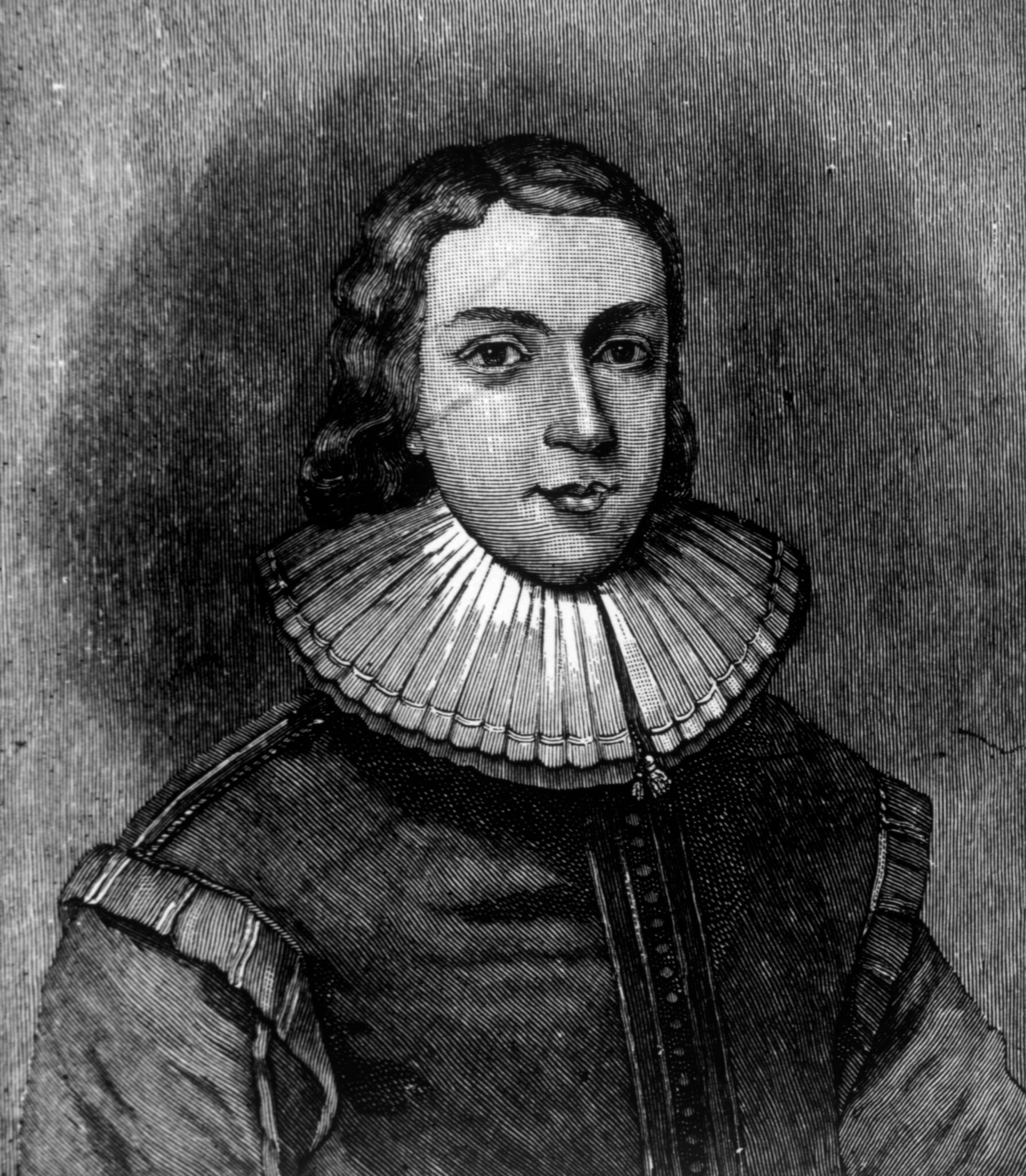

The Club system at St Paul’s is a relatively new initiative starting in 1899. The editor of The Pauline in 1899 referred to the ‘new games scheme’ as ‘the new organisation by which it is hoped that fresh vigour may be put into games, and into School life in general’.
In 1900 the Athletics Committee sanctioned the colours of the 6 Clubs – A purple and white, B green and white, C red and white, D brown and white, E blue and white and F (Houses) no colour shown. G yellow and white and H (Houses for a while) red and black were added in 1938. F Club took on light blue and white. All boarders were members of Houses. Early in the 20th Century, according to F R Salter in St Paul’s School, 1509-1959, the Clubs were known by the names of their Presidents and later there was the adoption of the names of well-known (and less well-known) distinguished OPs. But neither style of naming caught on.
The names chosen and discarded were Milton, Barham, Troubridge, Montgomery, Gresham, Halley, Marlborough and Pepys – corresponding to Clubs A to H. The inclusion of Montgomery suggests that the naming was a post-war initiative.
This month, we look at the once patron of A Club, John Milton. At risk of providing too brief an overview of Milton’s life and works, instead we direct you to the comprehensive and authoritative profiles from the Oxford Dictionary of National Biography, the Encyclopaedia Britannica and the British Library. The School owns more than 20 copies of Paradise Lost and Paradise Regained, including first editions, as well as Napoleon’s copy that was kept in the library on St Helena during his exile. The Kayton Library also keeps a selection of other published pieces of writing by Milton aside from his poetry. Though Milton’s name is no longer associated with A Club, it is still firmly embedded in the life of the School, the School’s Milton Gallery exhibits several shows per year by professional artists working across a wide range of media. The School Archives holds a variety of material relating to Milton, including Milton’s Beetle plaque, and a selection of engravings and artefacts.
Next month we will feature the less well-known Barham who for some reason got the nod at B Club ahead of Clarkson, Jowett, Chesterton and many, many others.